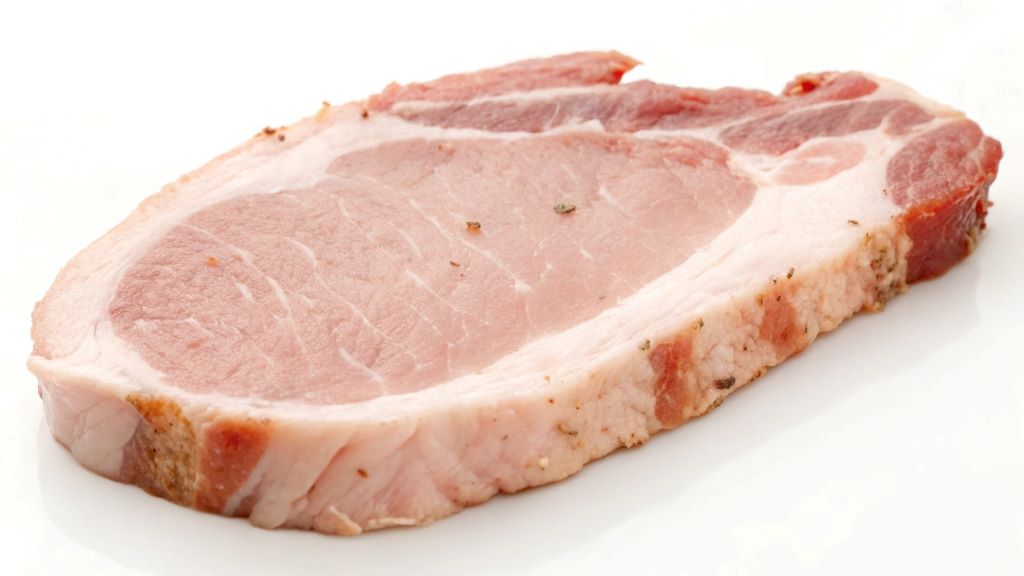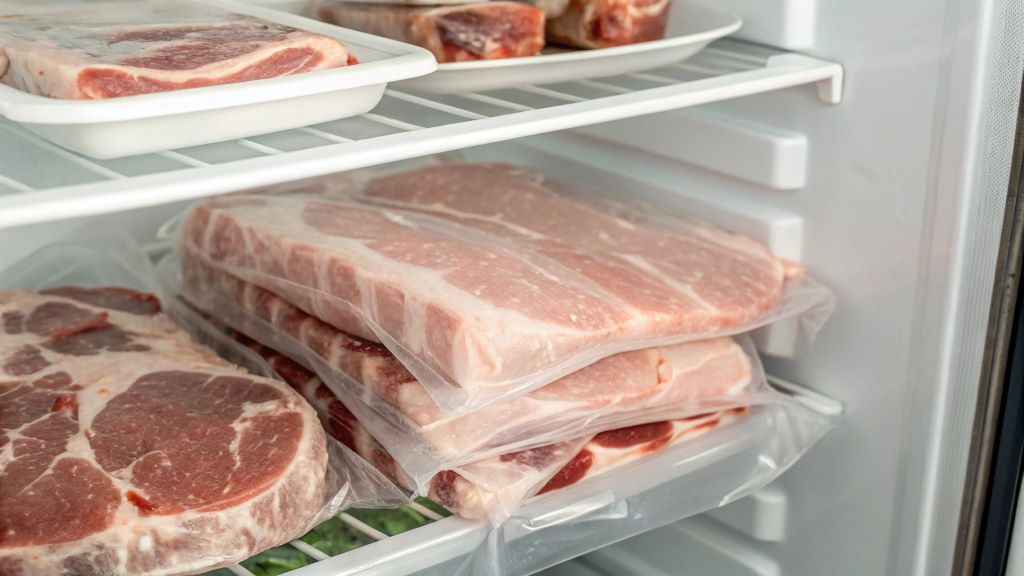Pork is a beloved protein in kitchens around the world. From savory pulled pork sandwiches to juicy pork chops and slow-cooked ribs, this versatile meat can be the centerpiece of countless dishes. However, nothing ruins a meal faster than discovering your pork has gone bad. Spoiled pork not only ruins the taste but can also pose serious health risks if consumed. That’s why it’s crucial to know the signs of spoilage before you cook. Learning how to know if pork is bad can help ensure both the quality of your meal and your safety.
In this guide, we’ll walk you through the key signs of spoiled pork, how to properly store pork to extend its freshness, and what to do if you suspect your pork may have gone bad. Plus, we’ve included expert tips, helpful resources like foodwithkidappeal.com, and answers to frequently asked questions to make sure you’re always cooking safely.
Why It’s Important to Check Your Pork Before Cooking
Eating spoiled meat can lead to foodborne illnesses, such as salmonella or listeria, both of which can be dangerous—especially for children, the elderly, and those with weakened immune systems. Pork is particularly sensitive to improper handling and temperature changes, which can lead to rapid bacterial growth.
Before you cook any pork product, whether it’s fresh chops, ground pork, or packaged bacon, it’s essential to do a quick quality check to ensure it’s still safe to eat.
So, how to know if pork is bad?
There are a few telltale signs that indicate your pork has spoiled. For a more detailed breakdown on how to know if pork is bad, this helpful guide on foodwithkidappeal.com provides excellent insight and safety tips.
But let’s explore the most common indicators here as well.
1. Smell Test: Your First Line of Defense
One of the easiest and most immediate ways to detect spoiled pork is by using your sense of smell. Fresh pork typically has a neutral, slightly metallic scent. If your pork smells sour, ammonia-like, or simply “off,” it’s a strong indicator that it has gone bad.
Bad pork may emit a rotten egg smell or a strong, unpleasant odor that you can’t ignore. If you get even a whiff of something funky, it’s better to be safe than sorry—toss it out.
2. Slimy or Sticky Texture
Fresh pork should feel firm and slightly moist to the touch. If it’s sticky, slimy, or unusually tacky, that’s a red flag. The slime is often a byproduct of bacterial activity and a clear sign that the meat has spoiled.
Even if the smell seems okay, a change in texture is enough reason to throw it away.
3. Discoloration or Dull Appearance
Pork should have a pinkish-red hue and white fat marbling. If the meat starts to turn grey, brown, or greenish, it’s a sign that it’s breaking down and possibly rotting. Pay close attention to any discoloration, especially if it’s patchy or looks uneven.
Fat that was once creamy white may turn yellow or greenish, another clear indicator of spoilage.
4. Expired Sell-by or Use-by Date
While dates aren’t everything, they do offer helpful guidance. If your pork is well past its “sell-by” or “use-by” date, it’s time to toss it. Even if it looks okay, the meat could still harbor harmful bacteria.
Always use your senses (smell, sight, and touch) along with the expiration date to make the best judgment.
5. Improper Storage or Defrosting
Even fresh pork can go bad quickly if it’s not stored or defrosted correctly. Pork should be kept in the fridge at 40°F (4°C) or below, and if you’re freezing it, the temperature should be 0°F (-18°C).
If your pork was left out on the counter for more than two hours (or one hour if the room temperature is above 90°F), bacteria can multiply to unsafe levels—even if the pork doesn’t look spoiled.
How to Store Pork to Prevent Spoilage
Knowing how to prevent pork from spoiling in the first place can save you time, money, and health risks. Follow these tips:
- Refrigerate immediately: Store pork in the fridge as soon as you bring it home.
- Freeze if not using soon: If you don’t plan on cooking it within a couple of days, freeze it in an airtight bag or vacuum-sealed pouch.
- Keep packaging sealed: If it’s vacuum-sealed from the store, keep it that way until ready to use.
- Label leftovers: Label any cooked pork leftovers with the date before refrigerating or freezing to avoid future guesswork.
Can You Cook Spoiled Pork to Make It Safe?
Short answer: No. Cooking spoiled pork will not make it safe. While heat can kill some bacteria, it won’t eliminate toxins already produced by bacteria. If the pork is spoiled, it’s spoiled—don’t try to “cook it off.” Toss it.
Trust Your Gut (And Your Nose)
When in doubt, trust your instincts. If something seems off—even if you can’t put your finger on it—it’s not worth the risk. It’s better to lose a few dollars than suffer food poisoning.
FAQs: Common Questions About Spoiled Pork
1. How long does raw pork last in the fridge?
Raw pork generally lasts 3-5 days in the refrigerator if stored at or below 40°F. For ground pork, aim to cook it within 1-2 days.
2. Can spoiled pork be saved by rinsing or marinating it?
No. Rinsing or marinating will not remove harmful bacteria or toxins. Spoiled pork should never be consumed, no matter how it smells after treatment.
3. What does bad pork taste like?
You should never taste pork to determine if it’s bad. That said, if you accidentally cook spoiled pork, it may taste sour, bitter, or unpleasant. But ideally, you’ll catch the signs before it hits your plate.
4. How can I tell if frozen pork has gone bad?
Freezer burn (white, dry patches) doesn’t necessarily mean the pork is unsafe, but it might be less flavorful. However, if it smells bad after thawing or looks discolored, it should be thrown out.
5. Is it safe to eat pork that smells slightly sweet or sour?
A slightly sweet or sour smell is a warning sign. Fresh pork shouldn’t have any strong odor. When in doubt, discard it.
Conclusion: Stay Safe and Cook with Confidence
Learning how to know if pork is bad is an essential kitchen skill every home cook should master. It not only ensures delicious results but also keeps you and your loved ones safe from foodborne illness. By using your senses and paying close attention to texture, color, smell, and storage dates, you can confidently decide whether your pork is still fresh or ready for the trash.
It’s a great resource for parents, home cooks, and anyone who wants to serve meals that are both safe and delicious.
Remember: when in doubt, throw it out!
Read More:





